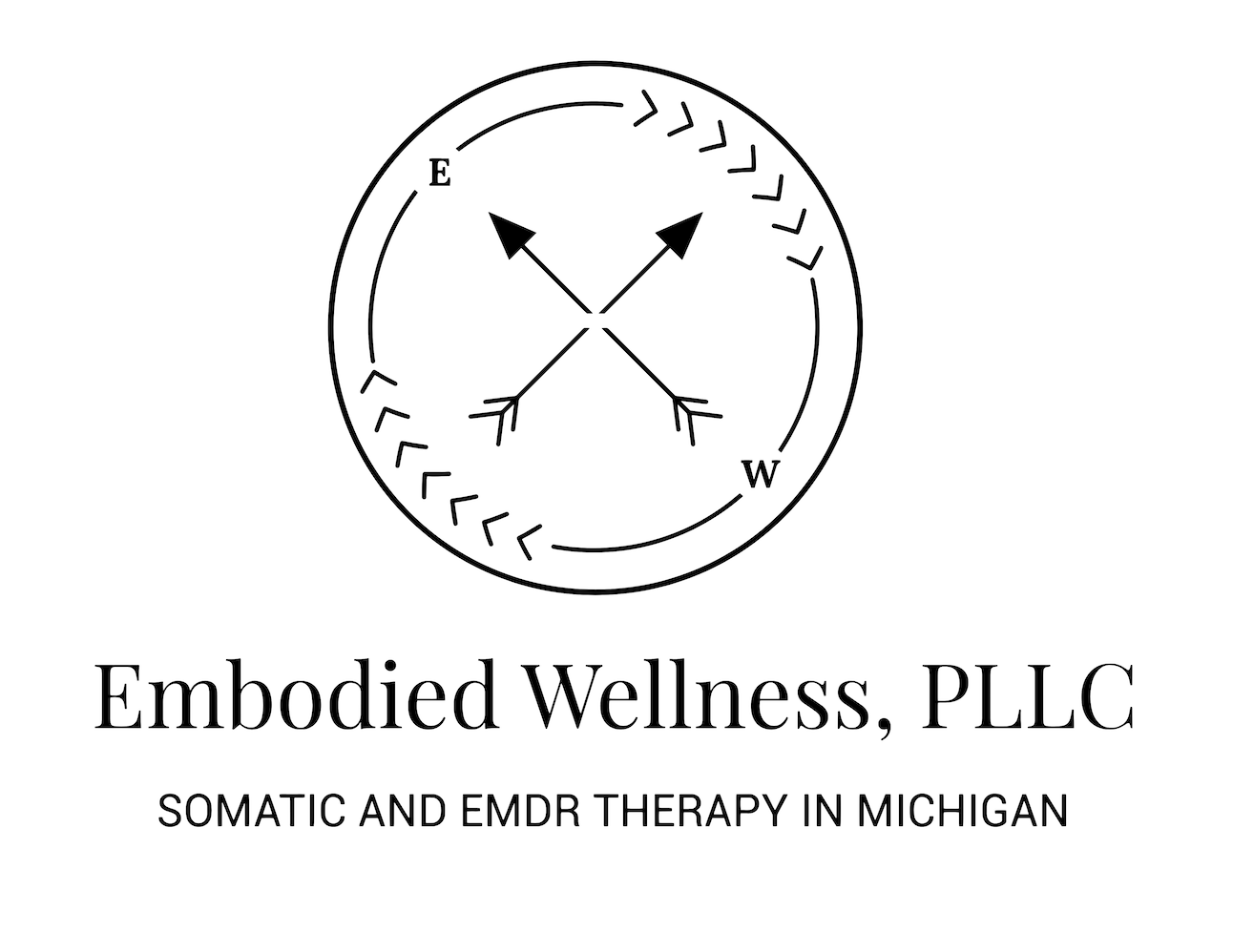EMDR Therapy Resourcing: Container Exercise
Imagine you have a backpacking trip planned in a remote area. Before setting out, you wouldn't just pack a few snacks and head off without preparing, right? Well, approaching EMDR counseling is similar. It's like preparing for your journey through the wilderness of your mind. You need to gather supplies – resources, coping strategies, a support network – before venturing into the challenging terrain. Taking the time to prepare ensures you can navigate the twists and turns of your healing journey safely and successfully. In the second post of the three part blog series, we explore another EMDR resource called the container exercise.
What is Resourcing?
EMDR resourcing refers to a phase of the treatment where EMDR therapist helps you build inner resources or strengths. The goal is to help you cope with distressing memories or emotions before directly addressing your past trauma. It's like making sure you have strong walls before a storm hits. Resourcing helps provide you with a stable foundation so you can cope with trauma triggers during EMDR reprocessing.
During resourcing, the EMDR therapist may use various techniques to help you feel safe, calm, and in control. This may include guided imagery, mindfulness exercises, grounding techniques, or teaching coping skills. In our first blog in this series, we explore an EMDR resource called the Calm Safe Place exercise more in depth. In our last blog, we talk about how to use nurturing and protective figures.
Container Exercise
Identify Difficult Emotions: Think about the emotions, thoughts, sensations or memories that are challenging for you. Identify what you want to temporarily set aside in your container.
Create Your "Container": In your imagination, allow the perfect container to come to mind. It should be big enough and strong enough to hold your emotion, etc. It could be a box, a shipping container, or anything that’s secure. Picture it clearly, noting its size, color, and any details that come to mind.
Designate the Purpose: Understand that this container is a safe place to store overwhelming emotions, etc. It acts as a protective space where you can set aside things that are too intense to deal with at the moment.
Place Thoughts in the Container: Imagine taking each challenging thought or emotion and how it would go into the container. Visualize this process, seeing them being stored safely inside.
Secure the Container: Once all the difficult thoughts and emotions are inside, securely close and lock the container. Visualize this action, symbolizing that these emotions are contained and won't overwhelm you at the moment.
Visualize the Safe Storage: Picture your container in a safe and protected space. This could be on a shelf, in a room, or any place where you feel it is secure and out of reach.
Somatic Linking: Notice what you observe in your body as the container is securely closed. Acknowledge the sense of relief and safety in knowing that you have a designated space for these emotions when you need it.
Return When Ready: Understand that this container is always accessible to you. Whenever you feel prepared to address those challenging emotions, etc you can come back. You can unlock the container and process them in a more controlled and supported manner.
Practice Self-Compassion: Be gentle with yourself throughout this exercise. Acknowledge that it's okay to set aside difficult emotions temporarily. You can address them when you feel ready and supported.
Integration with EMDR Therapy Phases
The container exercise is often integrated into various phases of the EMDR protocol. Typically it's used in the preparation phase and the desensitization phase. This exercise can prevent retraumatization during the processing of traumatic memories.
The "Container Exercise" is a common resourcing technique used in EMDR. The goal is to help you manage trauma symptoms or sensations that came up during trauma processing. Like every therapeutic tool, the container exercise has its pros and cons:
Pros:
Emotional Regulation: It helps you regulate and manage overwhelming emotions. It provides a structured way for you to temporarily set aside distressing emotions. It allows you to move forward with the therapeutic process without becoming flooded.
Increased Sense of Control: Creating a mental container is empowering. It gives you a sense of control over your emotional experience. It allows you to decide when and how you want to engage with difficult emotions.
Flexible and Portable: It is a flexible and portable metaphorical tool. You can use this in technique in many different situations! It can be adapted to different contexts and scenarios. You can use it inside and outside therapy sessions.
Prevents Retraumatization: By providing a structured way to set aside distressing material, the container exercise helps prevent retraumatization during EMDR . You can revisit traumatic memories in a controlled manner. This minimizing the risk of becoming overwhelmed.
Cons:
Temporary Solution: The container exercise is a temporary solution to manage distressing emotions. It does not address the root causes of trauma. The emotions set aside in the container will need to be processed for long-term healing.
Avoidance Concerns: There is a risk that relying too much on the container may be perceived as avoidance. Avoidance can prevent the full processing of trauma and PTSD symptoms. It's important to explore if you are using the container as a healthy coping strategy or as a way to avoid.
Metaphorical Nature: It is a metaphorical concept. Its effectiveness depends on your ability to engage with and visualize the metaphor. You may find it challenging to connect with or embrace the container concept.
Not Universally Effective: The container exercise may not be equally effective for everyone. You may have difficulty creating a mental container or may find that it does not adequately address your specific needs.
Begin EMDR Therapy in Michigan!
Have you been thinking about starting EMDR for a while? What else are you waiting for? At Embodied Wellness, PLCC, our trained EMDR therapists are here to guide you every step of the way, from start to finish. We understand that it’s scary to call and ask for help but it is also liberating. Take the courageous step toward healing. To begin EMDR therapy in Michigan follow the steps below:
Contact us for a free 15-minute consultation.
Connect with a compassionate EMDR therapist.
Live a life free from trauma and anxiety!
Other Therapy Services Offered at Embodied Wellness in Ann Arbor, Detroit, and throughout Michigan
Are you looking for other services besides EMDR therapy? Our other services include Empath therapy and Online Therapy. Our specialties include OCD treatment and ERP therapy, Trauma therapy and PTSD treatment, DBT, depression treatment, Somatic Therapy, and Internal Family Systems. All these online therapy services are available for teens and adolescents as well as adults. Get in touch with our Detroit-based practice today!
About the Author:
Sarah Rollins, LMSW, SEP is the founder of Embodied Wellness, PLLC, a group therapy practice providing online therapy in Michigan. She is passionate about expanding awareness of somatic therapy as way to treat and heal trauma. She incorporates other holistic treatments into her practice including EMDR and IFS.





